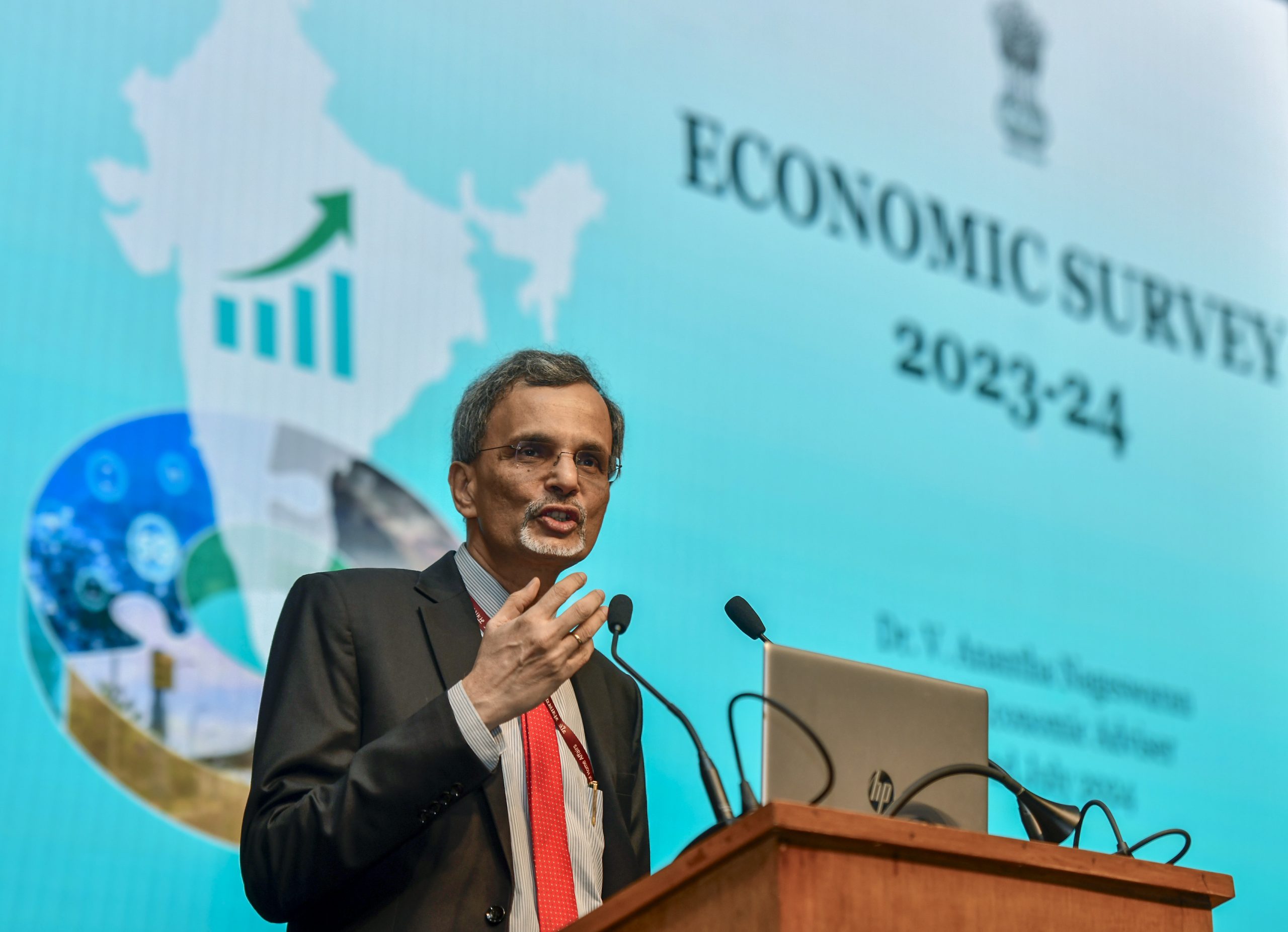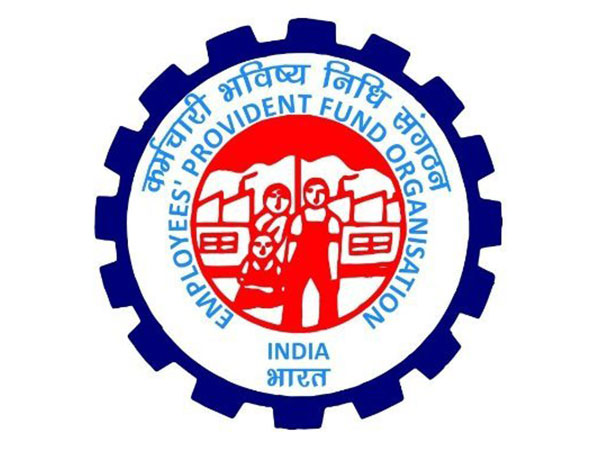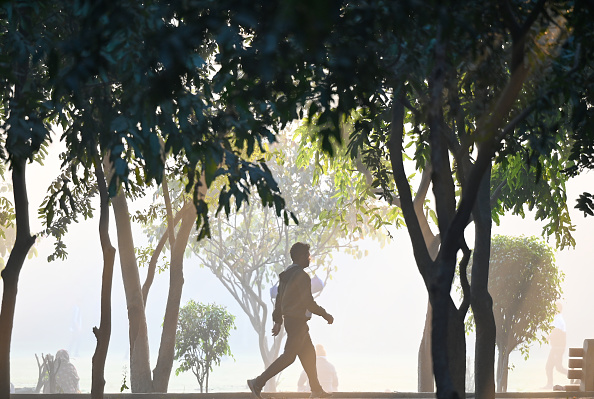The Economic Survey 2023-24 highlights the government’s sincere efforts towards inclusive growth through its focus on social welfare. These efforts aim to improve capabilities and enhance opportunities for the underprivileged sections of society.
The survey emphasizes increased expenditure on social services, a sharp decline in multidimensional poverty, and a reduction in income inequality and the rural-urban divide.
The expenditure on social services has seen a substantial rise, increasing from 6.7% of GDP in 2017-18 to 7.8% of GDP in 2023-24. This translates to an increase from Rs 11,39,524 crore in 2017-18 to an estimated Rs 23,50,584 crore in 2023-24.
This increased spending underscores the government’s commitment to uplifting marginalized communities and enhancing the overall quality of life.
It translates to good reflections on the ground. The survey reveals a sharp decline in multidimensional poverty, as reflected in the National Multidimensional Poverty Index (MPI). The MPI dropped from 0.117 in 2015-16 to 0.066 in 2019-21, effectively halving the poverty index.
An estimated 13.5 crore Indians escaped multidimensional poverty between 2015-16 and 2019-21, marking a significant milestone in the fight against poverty.
Income inequality, measured by the Gini Coefficient, has shown a downward trend over the past decade. The Gini Coefficient for the rural sector declined from 0.283 to 0.266, and for the urban sector, it fell from 0.363 to 0.314.
Lower the value, lower the inequality level. Furthermore, the headcount ratio of the multidimensionally poor population decreased from 24.85% in 2015-16 to 14.96% in 2019-21, with a projected reduction to 11.28% in 2022-23.
The rural-urban divide, measured by the difference in monthly per capita consumption expenditure (MPCE), has also narrowed. The gap declined from 83.9% in 2011-12 to 71.2% in 2022-23, indicating improved economic parity between rural and urban areas.
Several flagship government schemes have been instrumental in driving social welfare. The PM Ujjwala Yojana has provided 10.3 crore gas connections free of cost. Under the Swachh Bharat Mission, 11.7 crore toilets have been built across the country.
The Jan Dhan Yojana has opened 52.6 crore bank accounts. The PM Awas Yojana has constructed 3.47 crore pucca houses. The Jal Jeevan Mission has delivered 11.7 crore tap water connections. The Ayushman Bharat Scheme has facilitated 7.37 crore hospital admissions.
Digitization has played a crucial role in enhancing social welfare initiatives to realize the social welfare objectives. Healthcare, education, and governance platform have seen a linked digitization and it has acted as a force multiplier for welfare programs.
The Direct Benefit Transfer (DBT) scheme, coupled with the Jan Dhan Yojana-Aadhaar-Mobile (JAM) trinity, has significantly boosted fiscal efficiency and minimized leakages. Since its inception in 2013, Rs 38 lakh crore has been transferred via DBT for welfare programs, ensuring that welfare benefits reach the intended recipients.




















